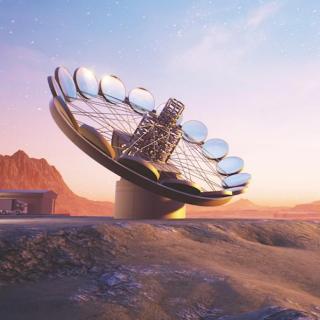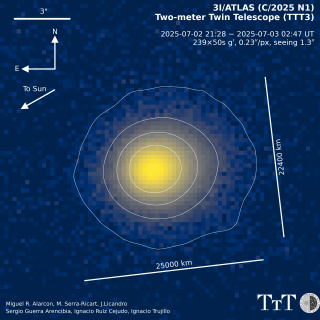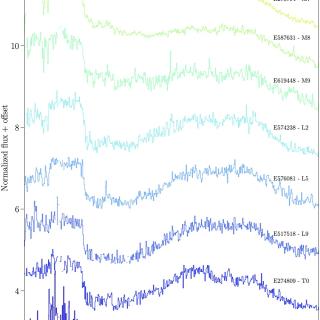Observations made with the James Webb Space Telescope (JWST) have revealed a larger-than-expected number of massive galaxies when the Universe was still young. The focus of this study is precisely one of these galaxies, ZF-UDS-7329. It is a very compact object, and its spectrum suggests that it formed at a very early stage, when the Universe was around 2 billion years old.
According to theoretical predictions, these objects first formed a generation of stars at the center of their dark matter halos and subsequently grew by merging with other halos. However, due to the random nature of these merger processes, a small number of galaxies are expected to have undergone no mergers, preserving some of their original characteristics since their early formation. These objects are known as relic galaxies, with NGC 1277 being the prototypical example.
In this study, we analyzed the stellar populations of ZF-UDS-7329 and found that it formed very rapidly. Less than 250 million years after the Big Bang, more than 70% of the galaxy’s stellar mass had already formed. When we artificially aged this galaxy, we found that it closely resembled relic galaxies. Therefore, we interpret that ZF-UDS-7329 is what a local relic galaxy would have looked like 11.7 billion years ago.
One of the advantages of studying a galaxy at such high redshift is that we can infer very precise details about its star formation history. This allowed us to compare two methods for estimating how quickly ZF-UDS-7329 formed. The first method involves determining the ages of its stellar population and calculating how long it took for half of its mass to form. The second method is independent of the first and relies on using chemical composition as a cosmic clock.
In local massive galaxies, these two estimates often do not align well, mainly due to the inherent limitations of studying old stellar populations. However, our study shows that when examining a very distant galaxy that resides in a much younger Universe, both methods produce particularly consistent results. The exploration of these objects, and many others, will continue with JWST. By combining JWST’s high-redshift observations with the precise data obtained from nearby galaxies, we hope to build a more accurate and detailed picture of how the first galaxies formed and how they evolved into the present-day Universe.





